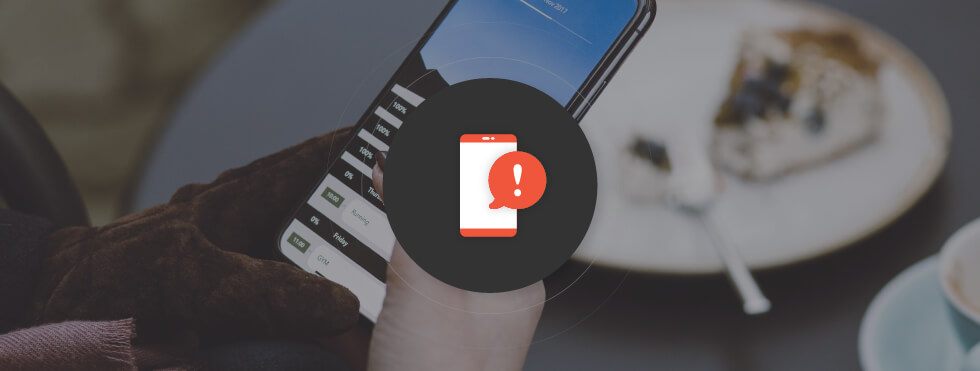
6 Ways Rich Communication Services (RCS) is Being Used By Top Businesses
In the summer of 1994, Internet banking didn’t exist in the US (most US consumers hadn’t even heard of Internet ...
 Get in touch
Get in touch

Transform your customer service strategy with RCS Business Messaging (RBM), making every interaction a gateway to enhanced brand presence, higher sales conversions, and improved profit margins. Enhance your client success and support functions by upgrading your business to custom SMS use cases with rich communication services.
in additional messaging revenue is expected to be generated from 2024 to 2028
increase in click-through rates can be achieved by shifting from SMS
of buyers are more inclined to interact with brands using RCS Business Messaging
Enhancing customer experience in the banking sector, rich communication services bring top-tier security to in-app payments and authentication processes. The integration of OTPs ensures safer and more reliable financial operations.
In the hospitality industry, RBM simplifies reservation handling and promotes effective cross-selling opportunities. Airlines and travel agencies benefit from enhanced traveler interaction and revenue growth.
Google RCS Business Messaging empowers retailers to offer buyers a personalized shopping journey with tailored selections. This method is driving increased loyalty and deals by aligning closely with user preferences.
RCS technology offers immediate notifications on shipments and deliveries, facilitating more accurate tracking and improved inventory control in logistics. Such an element aids in optimizing supply chain procedures and minimizing transportation discrepancies.
Segmented marketing outreach and feature upgrades sent via a rich message are cultivating client engagement for telecommunications companies. This strategic approach has shown effectiveness in raising service uptake.
In customer care, it can also be employed to solicit and collect reviews and comments. This direct mechanism is crucial for continual support improvement and consumer retention.
eCommerce platforms can use conversational messaging to tactfully remind clients about their abandoned shopping carts. The strategy results in reducing cart uncompleted purchase rates and boosting sales.
RBM transforms conversations by incorporating multimedia elements, enriching the user experience, and encouraging more meaningful relations with the brand.
Companies using the technology benefit from enhanced open rates, guaranteeing that their messages reach the target audience and capture the attention facilitating the success of marketing campaigns.
Google RCS Business Messaging stands out as an economical alternative, igniting lasting relationships with consumers without the hefty costs associated with traditional promotional channels.
Rich communication services provide extensive insights into client interactions, giving businesses valuable details for data-driven sales strategies.
With its integration into default apps, like AI chatbots, RCS expands visibility, ensuring that messages not only arrive but also resonate with the intended recipients.
RBM facilitates smoother dialogues with pre-set answers and action prompts, allowing users to respond quickly and efficiently to messages.
The technology prioritizes consumer trust with robust security measures like end-to-end encryption, safeguarding all business-customer interactions.
RCS delivers an immersive chat environment with customized media and interactive elements, enriching the overall client conversations.
This feature places a validation badge next to the company’s name, immediately boosting credibility and fostering a stronger connection with your customers.
Transform your customer's shopping journey with RCS. Check the video and see how a chatbot can streamline the buying process, answer product questions, and personalize recommendations.

In the summer of 1994, Internet banking didn’t exist in the US (most US consumers hadn’t even heard of Internet ...

If there is one thing that every business owner agrees on it’s that the business environment is constantly changing and ...

Rich Communication Services (RCS) is everything we’ve said it was in our previous articles. It’s immersive, versatile, a long-awaited update ...